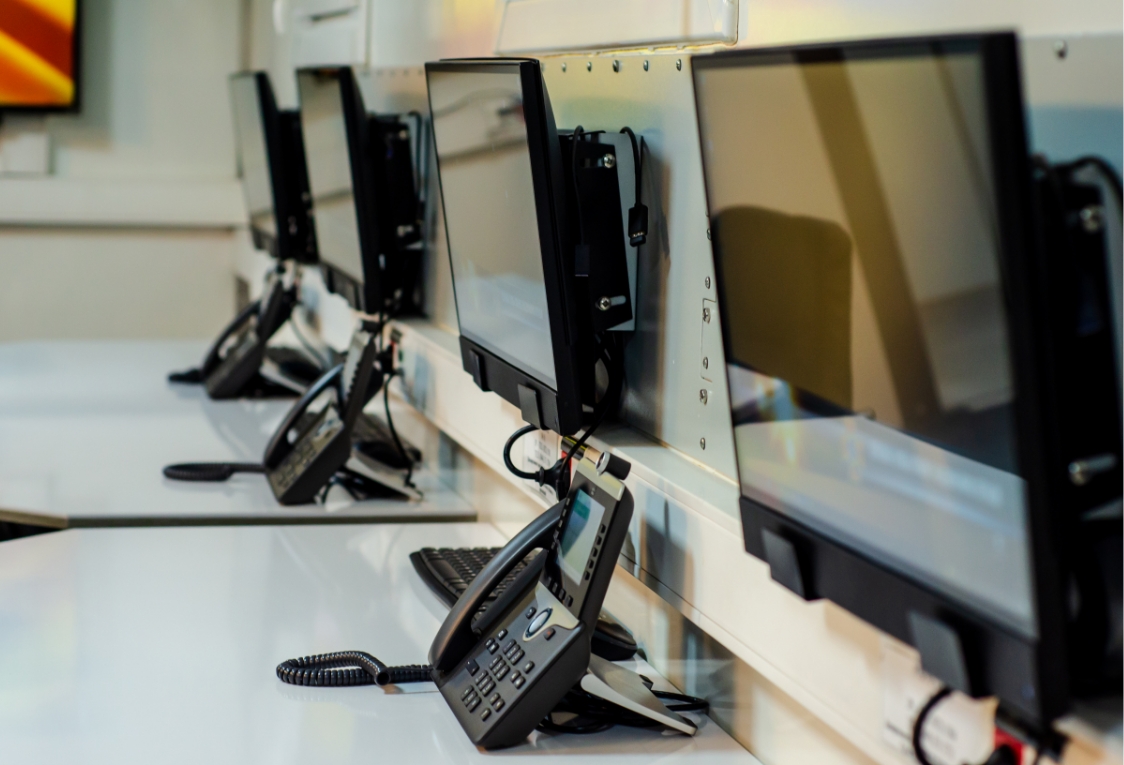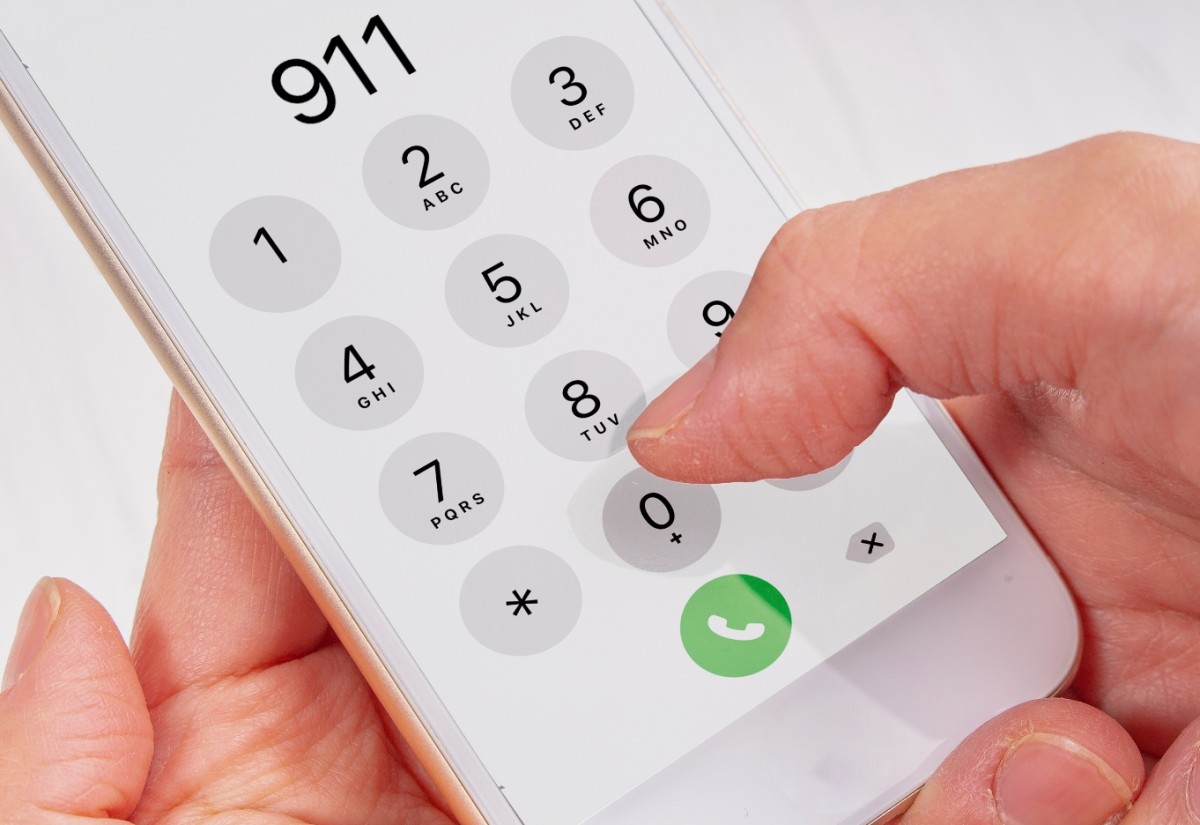9-1-1 is for police, fire or medical emergencies when immediate action is required: someone’s health, safety or property is in jeopardy or a crime is in progress. Please use 9-1-1 responsibly. Our call takers can’t provide information on the weather, power outages or municipal services.
9-1-1 Services are delivered by E-Comm, the largest provider of 911 services in the Province of British Columbia. The 9-1-1 contract is managed by the Central Island 911 Partnership, a service delivery partnership between the Cowichan Valley Regional District, the City of Nanaimo and the Regional District of Nanaimo.

The CRTC has mandated that 9-1-1 services transition to “Next Generation 9-1-1” by March 4, 2025. Next Generation 9-1-1 will replace decades old technology with modern standards and equipment; immediately increasing the reliability and capabilities of the 9-1-1 system, particularly for mobile phone users. Next Generation will take advantage of the many features available for mobile phone users to provider prompt and accurate emergency response for citizens.
Next Generation 9-1-1 will also lay the groundwork for 911 enhancements including text-to-911 and the possibility of phone or video-to-911 in the future.
On behalf of the CVRD, EMC staff are working with the Central Island 9-1-1 Partnership, Telus, E-Comm, North Island 911 and other agencies to ensure a smooth transition to Next Generation 9-1-1 in the coming years.


In times of emergency or disaster, EMC may establish a Regional Emergency Operations Centre (REOC) designed to act as a coordination and communications centre for any large emergency or disaster events that impact the Cowichan region.
If telecommunications infrastructure is damaged or overwhelmed; telephones, mobile phones, and internet may not work. EMC has established an emergency communications team, coordinated backup communications plans with response agencies and purchased select equipment in order to provide emergency backup communications for the region if required during a disaster or emergency.


